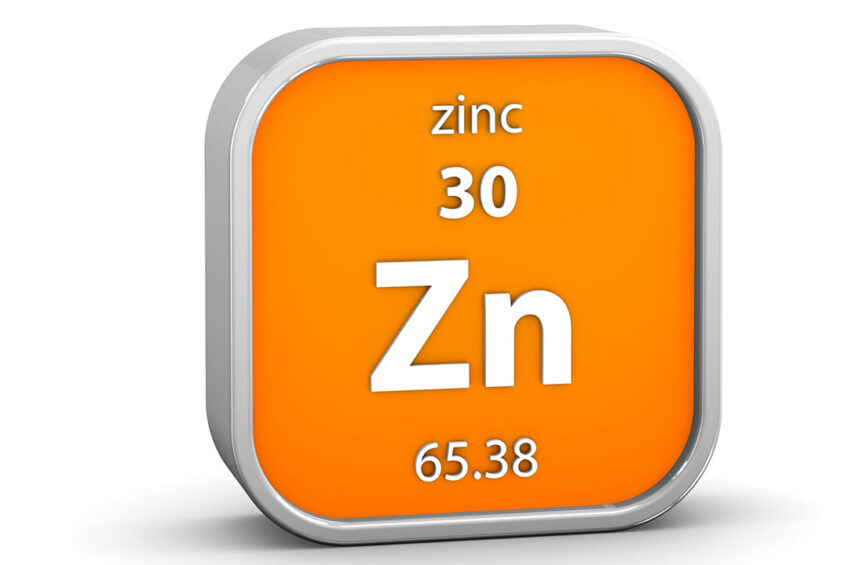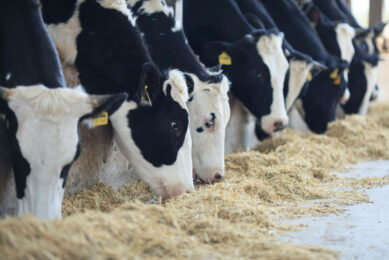Zinc oxide or the alternatives: What is the right answer?

Weaning is a key stage in commercial pig production systems, and post-weaning pigs encounter challenges such as decreased feed intake, enhanced incidence of diarrhoea, body weight loss, and higher mortality because of the nutritional, immunological, and psychological interruptions during weaning period. Application of feed additives such as zinc oxide have benefits in post-weaning pigs; however, zinc oxide excretion is a possible threat to the environment.
As of June 2022, application of pharmacological levels of zinc oxide in post-weaning pigs feed is prohibited in the EU, which means that dietary zinc for post-weaning pigs will be limited to 150 ppm. Therefore, the swine industry needs to find alternative strategies to resolve the post-weaning challenges.
Advantages of zinc oxide in feed
The nutritional requirement for zinc in post-weaning pigs is between 80 and 100 ppm. However, studies showed that pharmacological concentrations of dietary zinc (2,000 to 4,000 mg Zn/kg) can improve growth performance, suppress bacterial growth, and mitigate or prevent diarrhoea in post-weaning pigs. In addition, the oxide form of the zinc (zinc oxide) is essential to obtain this advantage and is less toxic than other inorganic zinc sources, as well.
Drawback of zinc oxide in feed
There are concerns over the amount of zinc excreted by pigs which has detrimental influences on the environment, affects trace mineral absorption, impacts synthesis of chlorophyll by the plants, causes resistance to certain bacteria, suppresses beneficial bacteria for gut health, reduces phosphorus digestion and accumulates in the animal liver and in the surface water, as well. As a result, international organisations, such as the European Food Safety Authority and World Health Organization recommend reducing the use of zinc oxide in pig feed.
What are the alternatives?
 Set up increased biosecurity
Set up increased biosecurity
Strict application of biosecurity guidelines including washing, disinfecting, and drying pens after a group of pigs moves out and before the next group moves in and considering downtime of the facilities between groups of pigs are significantly important. Sanitizing feed trucks before entering the farm and washing and disinfecting boots before entering and after leaving each barn are essential, as well.
 Focus on the herd health status
Focus on the herd health status
It is recommended to pay attention to the health status of swine herd, consult with a veterinarian and follow a steady vaccination protocol to limit or eliminate infectious diseases and to reduce herd dependence on high levels of zinc oxide. In addition, manage the temperature variation between day and night effectively to avoid additional stress for pigs.
 Pay attention to feed management
Pay attention to feed management
Control feeding prior to weaning and provide some solid food gradually to jump-start feed intake immediately post-weaning, therefore, the intake of zinc in post-weaning pigs will be sufficient without needing pharmacological levels. Furthermore, administer feed additives such as probiotics to improve gut health, intestinal development, and immune functions in post-weaning pigs.
Concluding remarks
Zinc oxide has benefits such as improving growth performance, suppressing bacterial growth, and mitigating or preventing diarrhoea in post-weaning pigs. On the other hand, due to high excretion it causes several post-weaning challenges and negative environmental impacts which raise some concerns over the pharmacological concentrations of dietary zinc. Therefore, swine industry considers alternative strategies including increased biosecurity, heard health supervision and feed management to resolve these issues.











